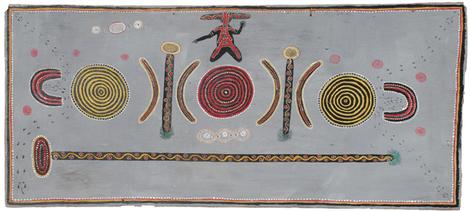Facts About Sandpainting
Sandpainting is a captivating art form that involves the meticulous pouring of colored sands, powdered pigments, or other natural materials onto a surface to create stunning designs. These artworks can be either permanent or temporary, with the latter often holding significant cultural and ceremonial importance.
One of the most renowned examples is Native American sandpainting, particularly among the Navajo tribe. Here, a Medicine Man meticulously crafts intricate designs using colored sands and other materials as part of healing ceremonies. These paintings are considered sacred and are treated with immense reverence, almost as if they possess a life of their own.
In Tibetan Buddhist traditions, monks create exquisite mandalas with colored sands. These mandalas are meticulously detailed, and upon completion, they are ceremoniously destroyed to symbolize the Buddhist concept of impermanence. This act serves as a poignant reminder of the transient nature of life.
Sandpainting is not exclusive to these cultures. It has also been practiced in Japan, Europe, and various other regions, each infusing the art form with its unique cultural nuances.
In contemporary contexts, sandpainting has permeated various modern practices. For instance, during Dia de los Muertos, or the Day of the Dead, individuals create vibrant sand paintings as part of their decorations. Additionally, there are sand animation performances where artists craft dynamic images with sand in real-time, often during live shows. Contemporary artists are continually exploring new techniques and materials, pushing the boundaries of sandpainting.
Today, some artists use naturally colored sands, pigments, and adhesives to create enduring artworks that do not require protective glass frames. This approach allows the sand's beauty to be appreciated up close. Sandpainting continues to evolve, remaining a unique and expressive art form that captivates audiences worldwide.
